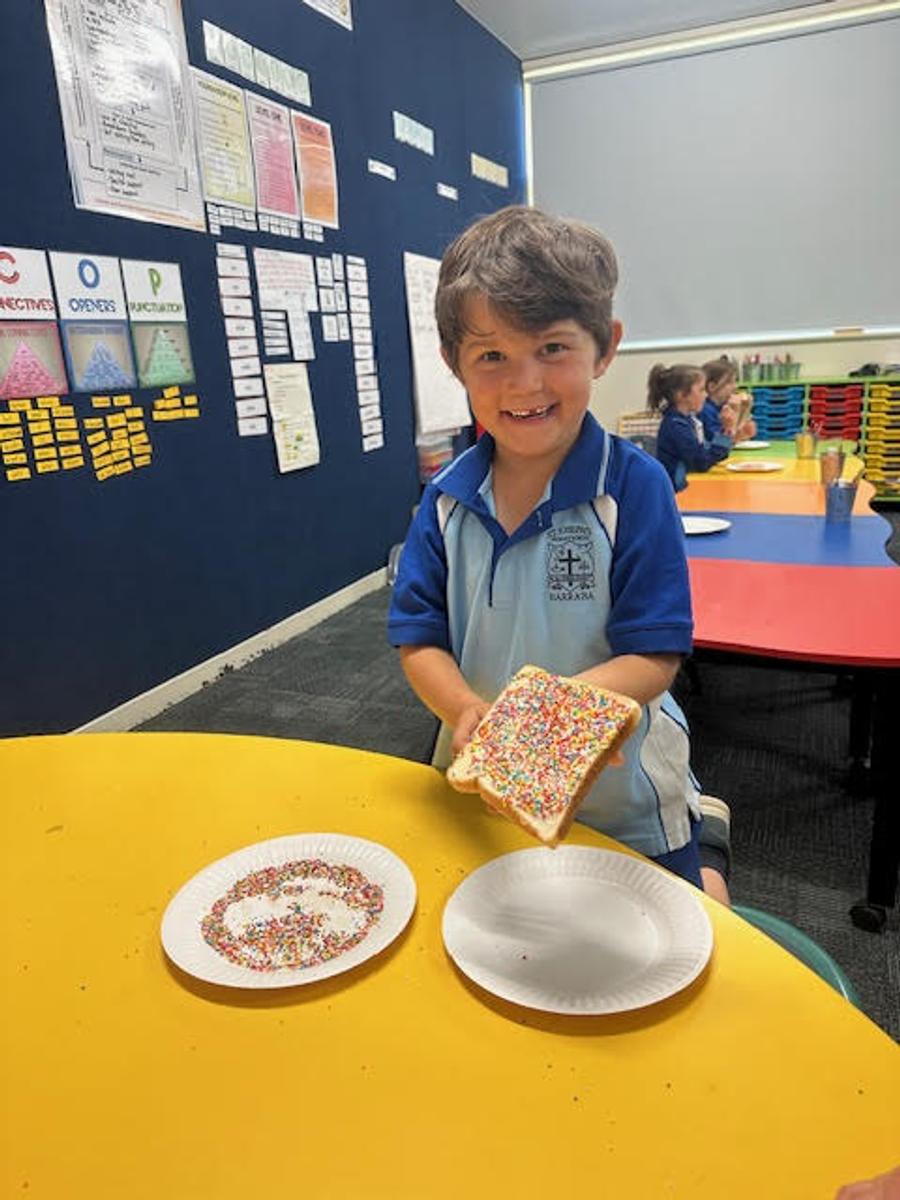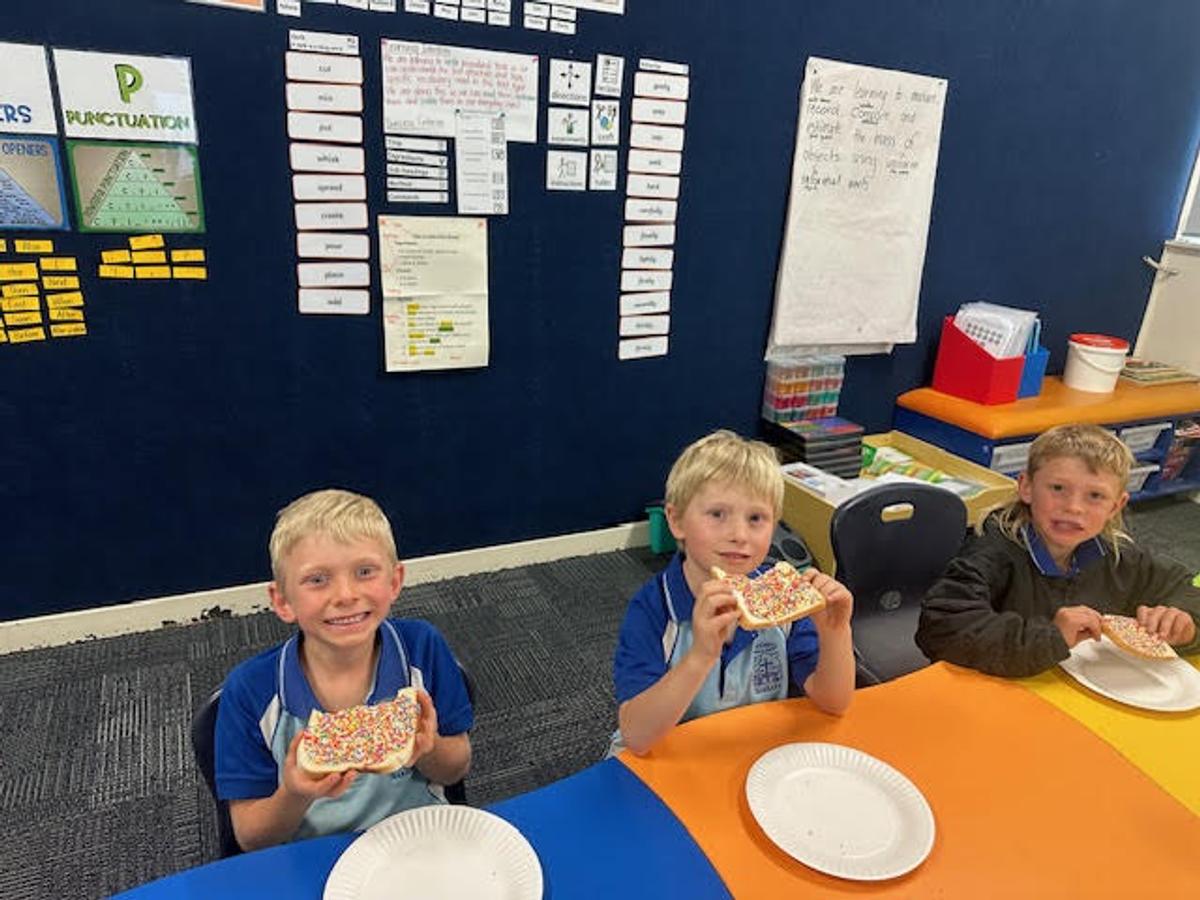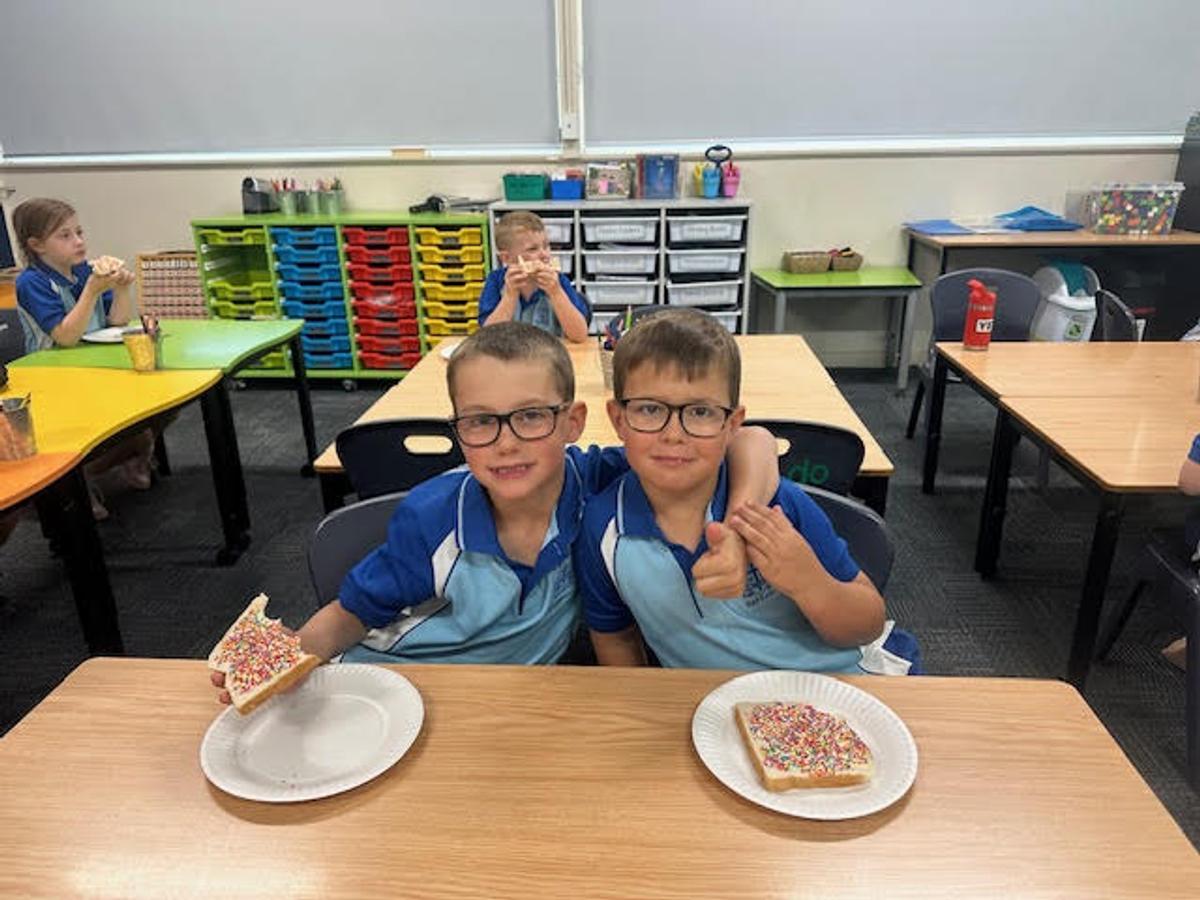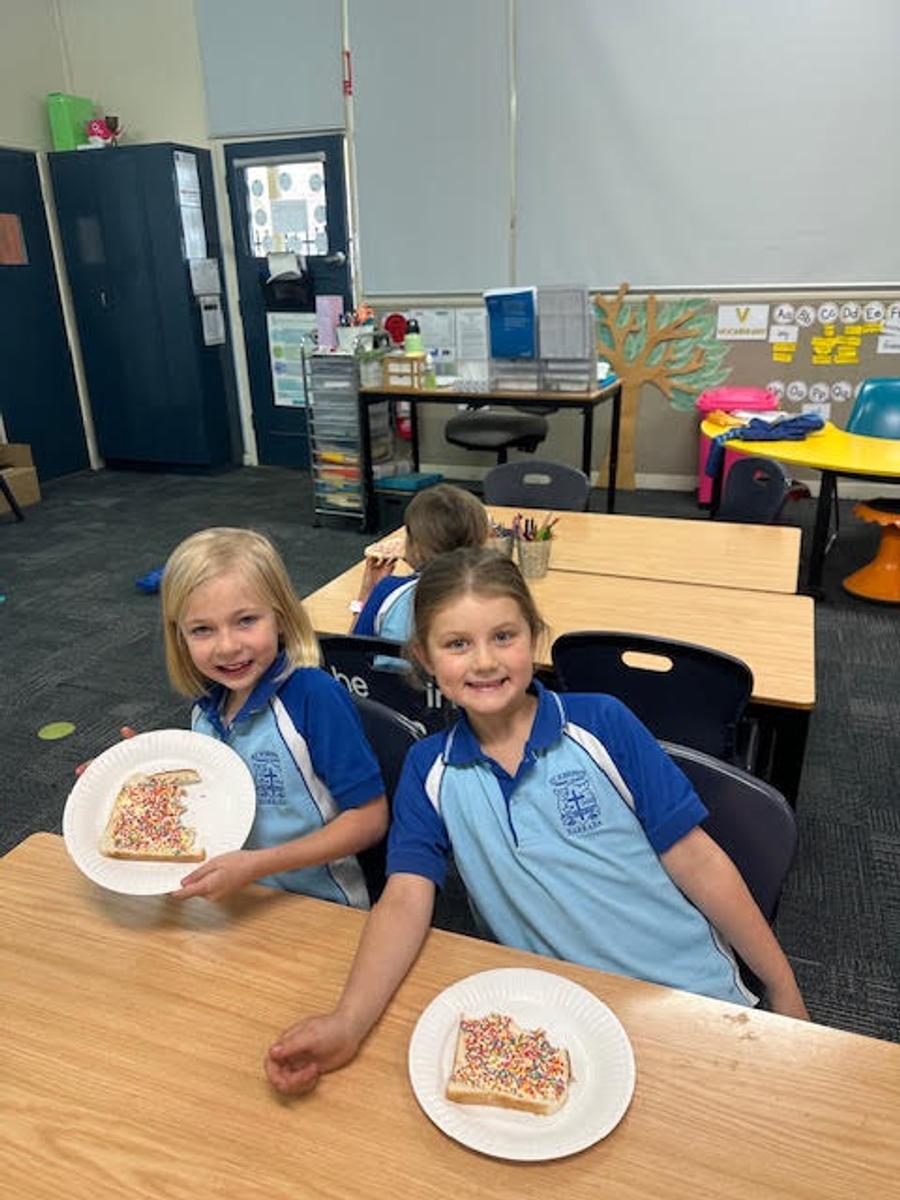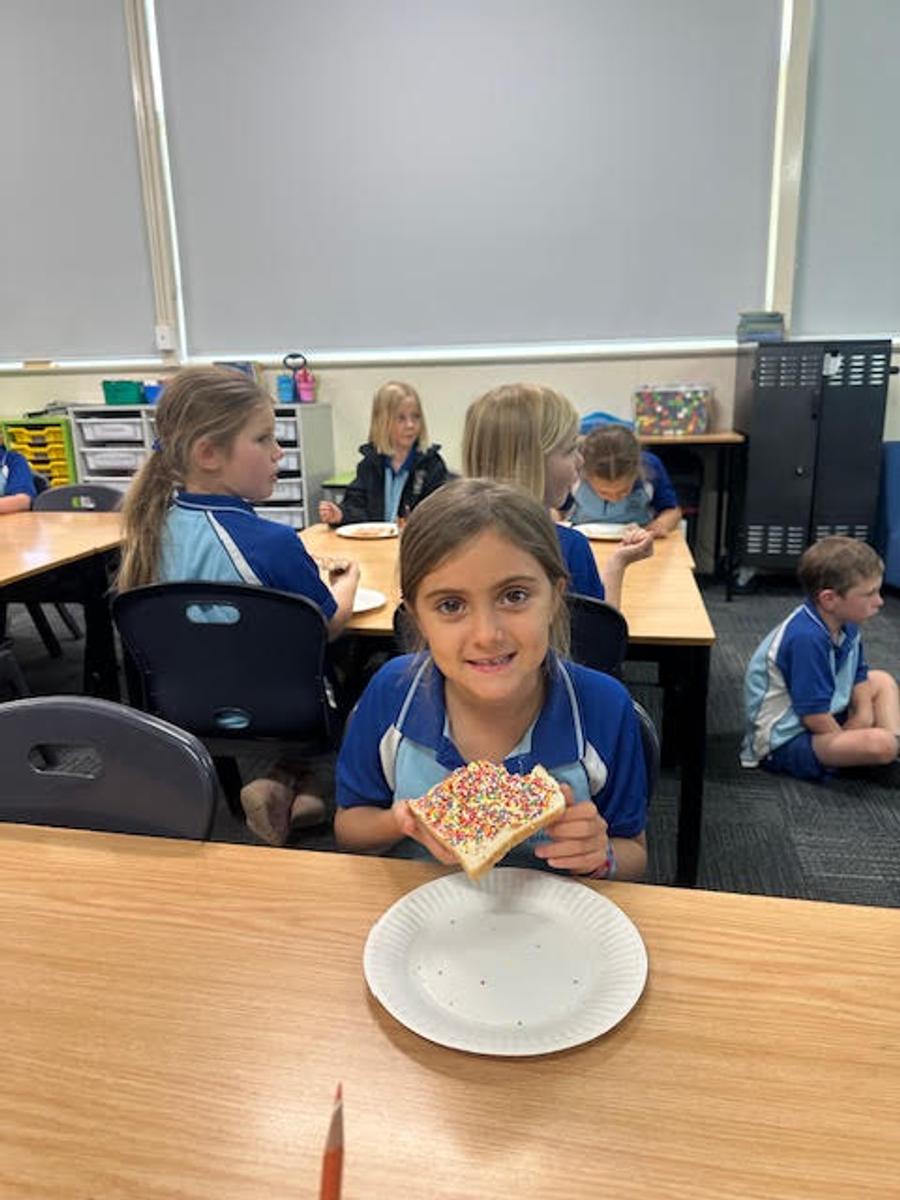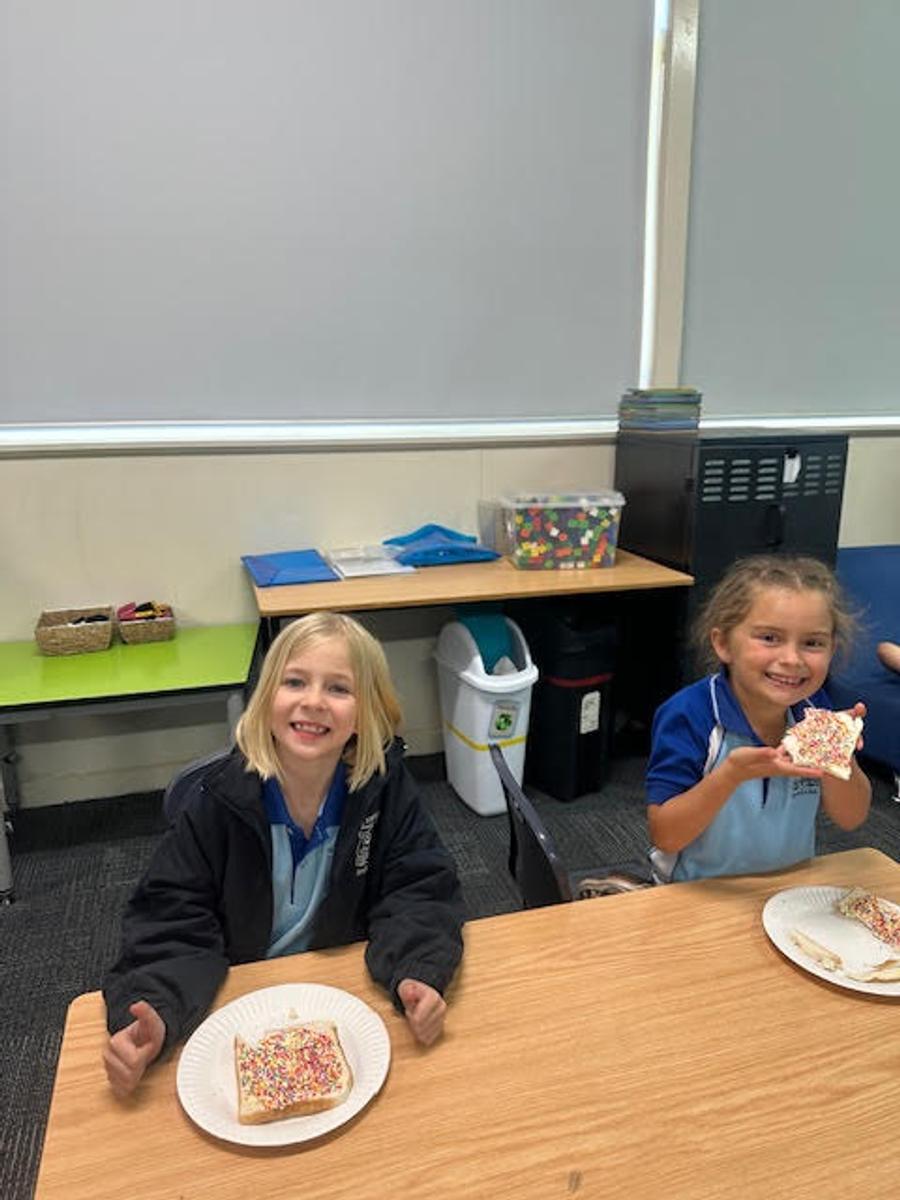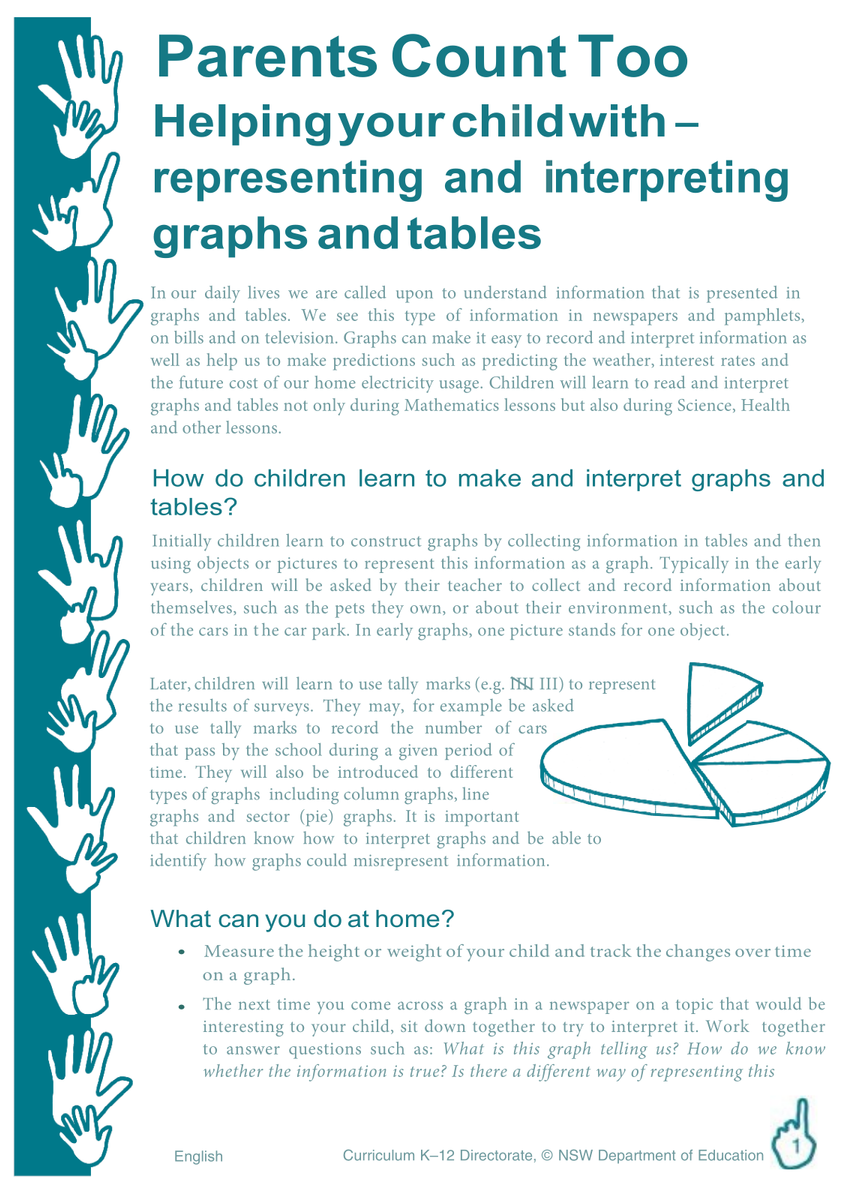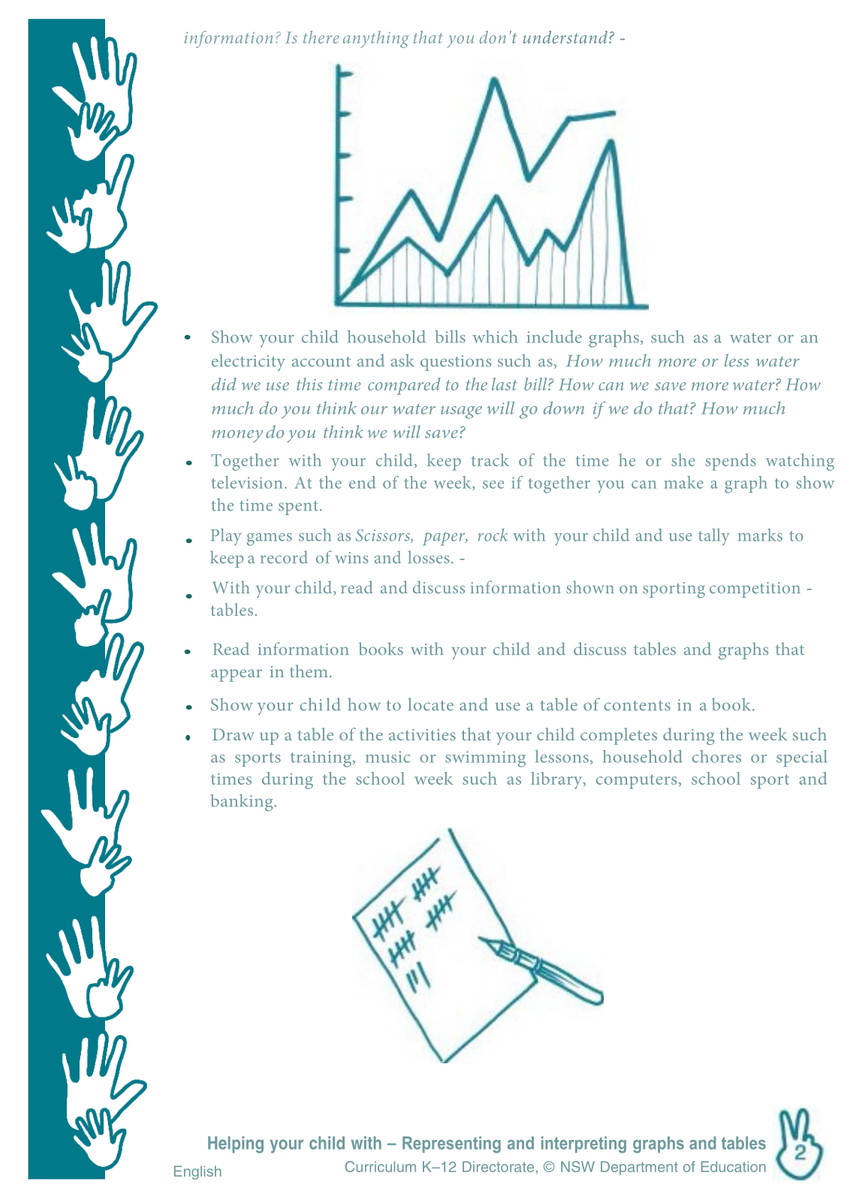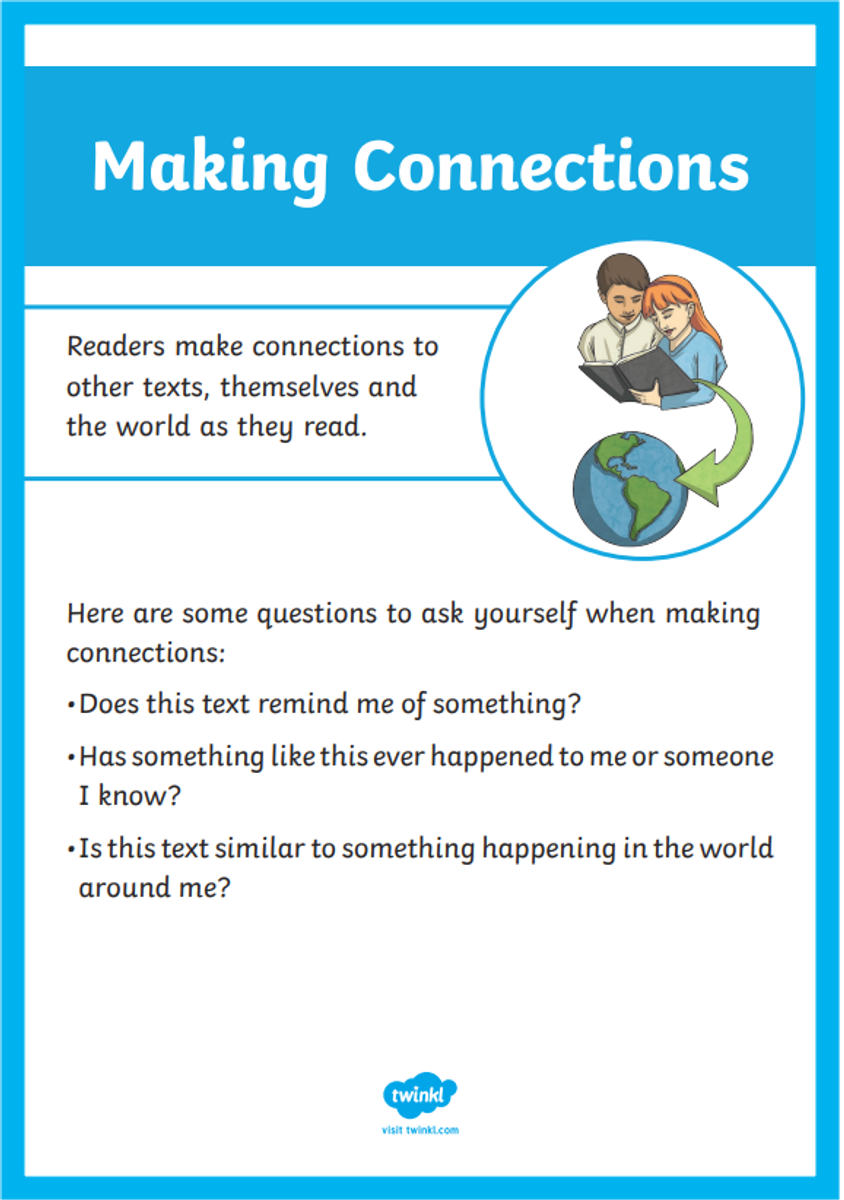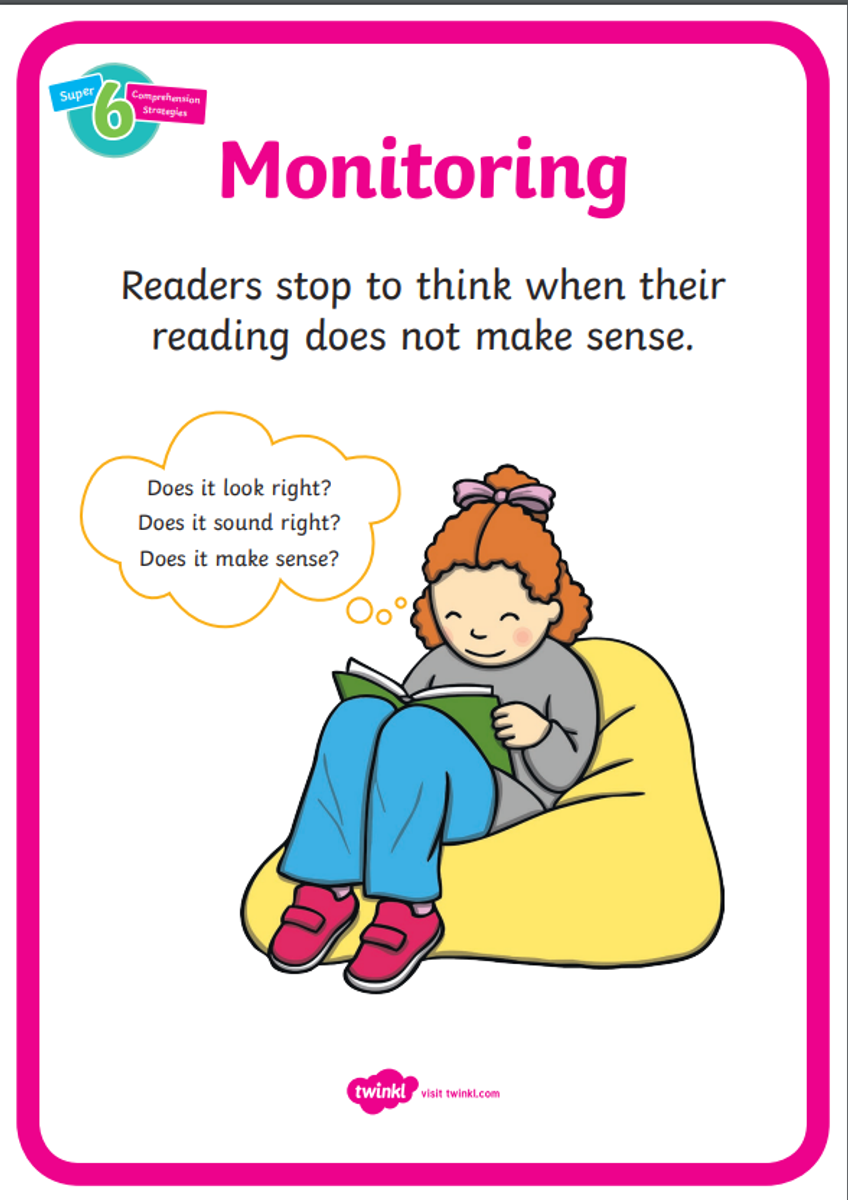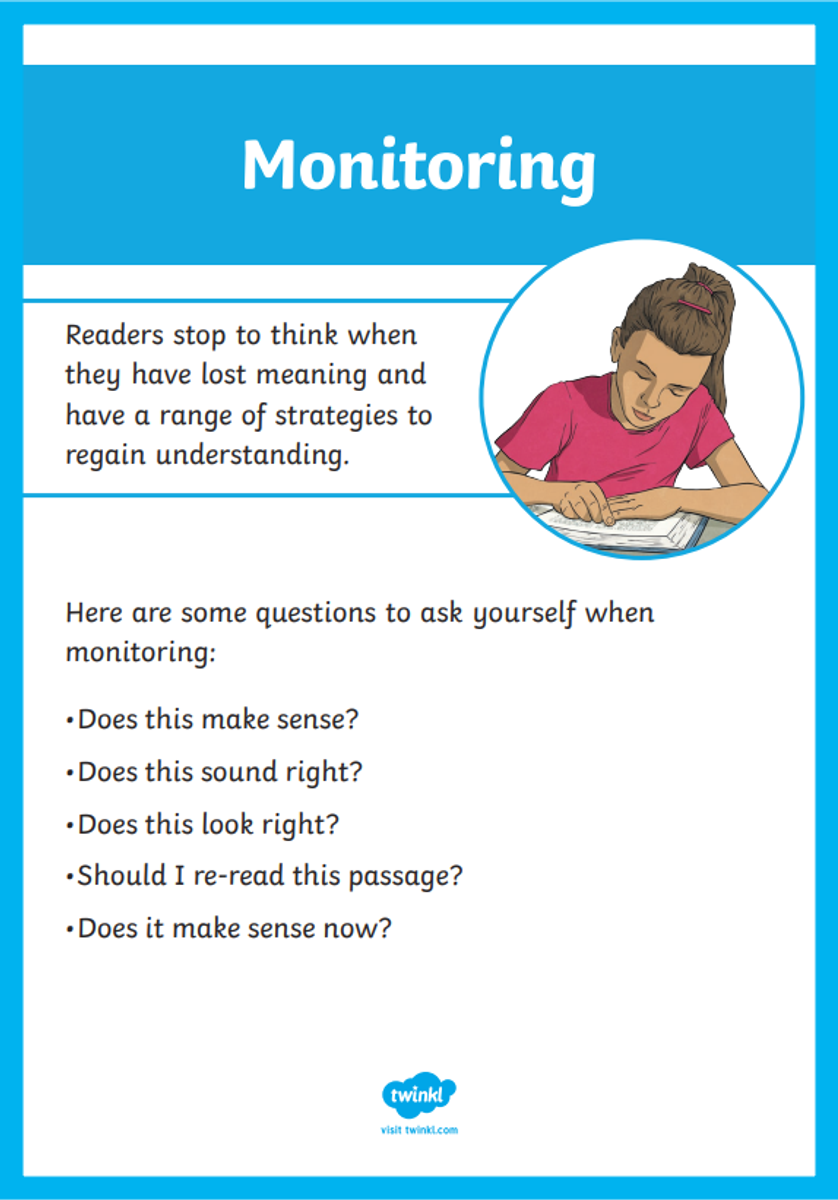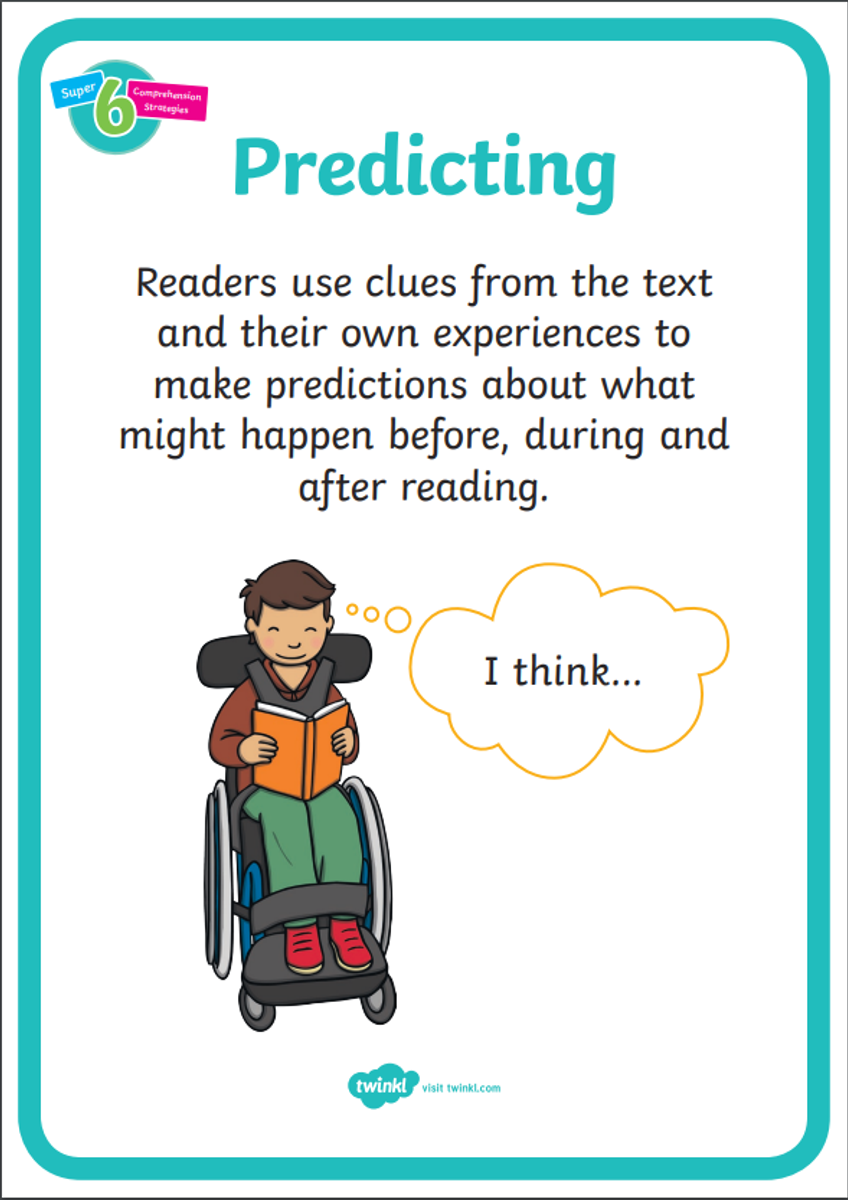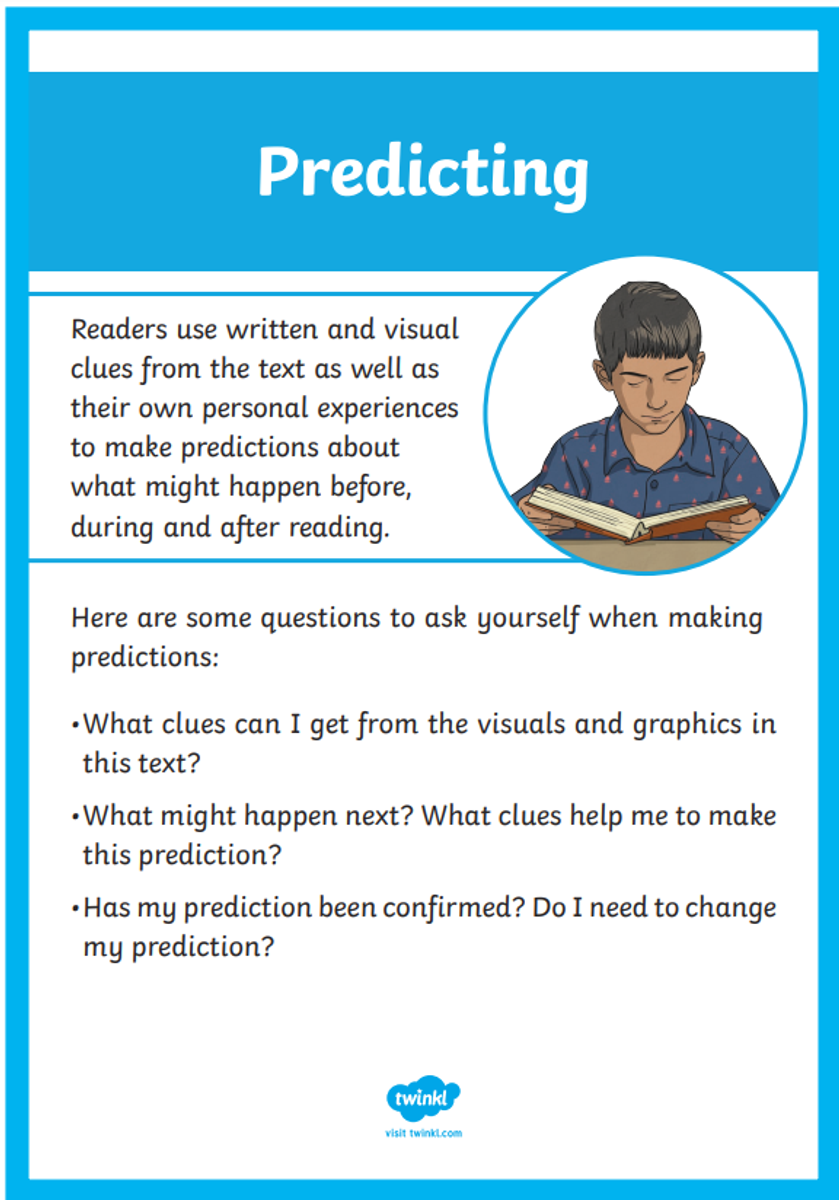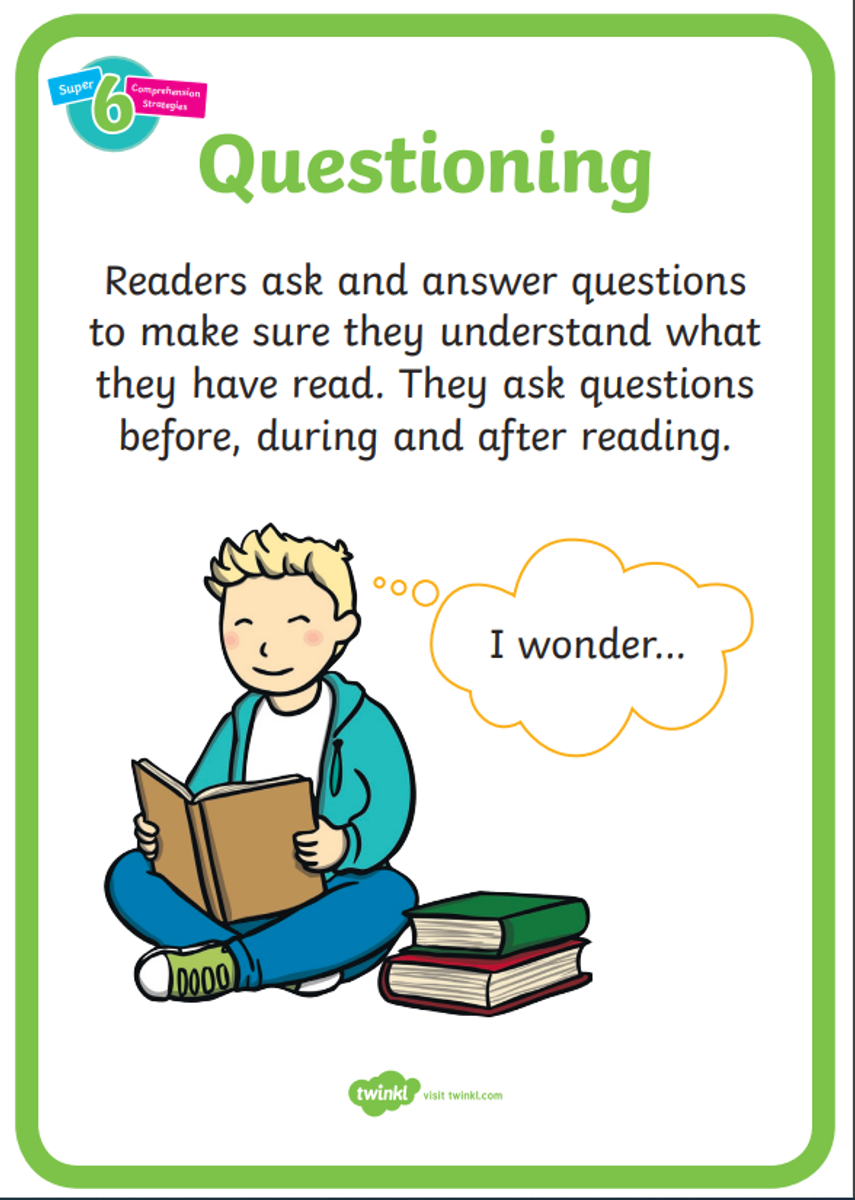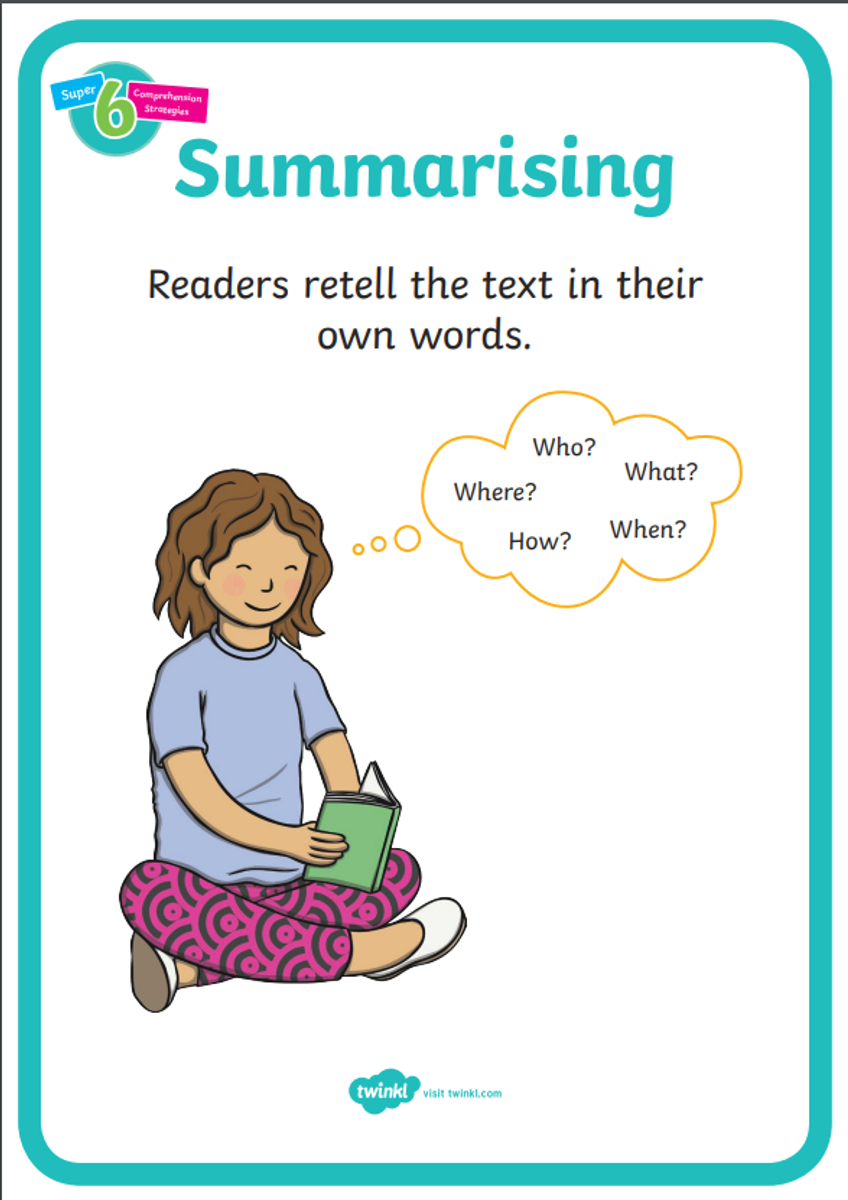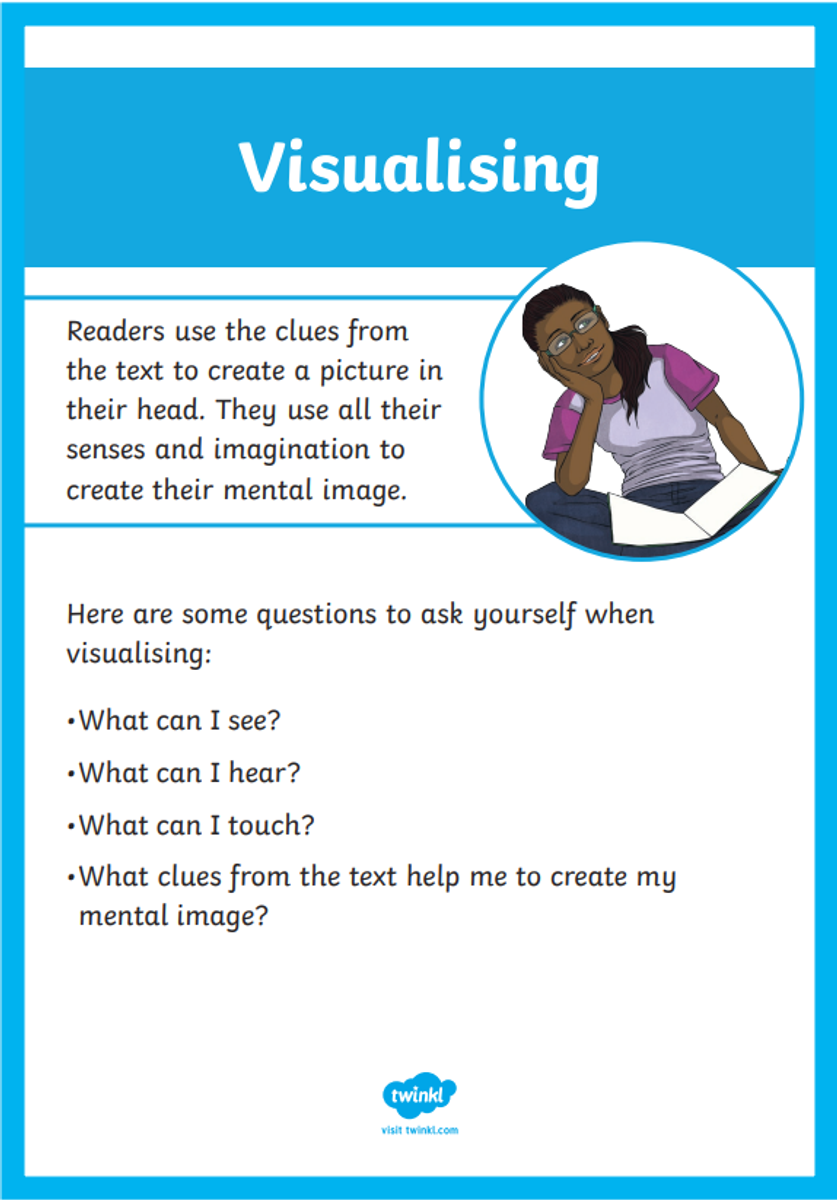Please continue to read your home readers and tricky words every night.
This is extremely important for your child and their reading and writing progress.
Writing
We have been extremely busy this last fortnight in writing. We have written procedures on how to make fairy bread and hot chocolate. Students have been using their 'Procedure Writing Checklist' to ensure that they have included all of the required elements in their writing. As a reward for K/1's great efforts, they have been able to put their procedures to the test and use them to make their own fairy bread and hot chocolate!
Maths
Kindergarten have just begun a new unit, focusing on Division. Students are learning to form equal groups by sharing and counting collections of objects. Here are some helpful tips you can do at home!
- Before your child can begin to practice division problems, they first need to understand the concept of division. Explain it to them by relating the idea of division to the idea of sharing and grouping. Help them conceptualise it by explaining how a number of items can be shared equally between groups, and give them examples. You might show them how six cookies can be given to three children so each of them has two, or how someone with eight apples could give four each to two friends.
- By creating practical examples with visual references, you can ensure your children will have an easier time grasping the concept of division.
- Children are very visual and kinesthetic learners; they will process new information more quickly if they're able to see it in front of them and interact with it. Because of this, it can be easier to teach children division by creating math games to play with them.
- Can you think of any objects at home which are in groups? If yes, what are they?Walk around the kitchen with the student and identify any groups of food, cutlery, etc. Discuss that some groups may have different objects in them (knife, fork, spoon).
- Can you think of any groups you may have in the bedroom? Show me what they are. Find some toys which come in groups. Discuss the different groups and compare toys which don’t come in groups. Choose one group of toys. Draw and colour this group in the space below or take a photo of this group.
- “I would like you to help me set the table before we have our breakfast/lunch/dinner. We are going to share the cutlery, plates and glasses so that everyone has the same items in their place on the table. How many people will be eating?” Hand your child the table items and let them have a go at sharing them to set each place at the table. How many cutlery items will each person need? How many plates will each person need? Once the table is set see whether your child is able to identify the total number of cutlery items that were shared.
- Consider the following example to help your child understand division: Beads and a Muffin Tin. This can be a very expansive exercise for kids to understand division. Give your child a fixed number of beads, and tell them to divide them equally between a certain number of tins. Start with showing the child how to divide the beads into two tins, using different numbers of beads each time, then gradually move to dividing by different numbers. When the child has beads left over from the exercise, you'll have the opportunity to explain remainders to them.
Year 1 students are beginning to focus on data. They are learning to gather and organise data, displays data in lists, tables and picture graphs and provide reasons when interpreting the results. Here are some activities you could try at home!
- The 21st century has brought about a huge emphasis on data. Our students must have a deep understanding of data to work effectively. In our daily lives we are called upon to understand information that is presented in graphs and tables.
- Use objects in the kitchen to create a concrete graph. Gather a handful of cutlery (forks and spoons) and have your child line it up to create a concrete graph. Ask her/him questions about which has more, which has less, and how many there are in all. Consider playing this same game with glasses and mugs as you put away the dishes. The upper rack in the dishwasher makes an ideal graphing grid! Cookie cutters can also be sorted and graphed in this way.
Reading at home
As students progress into more difficult home readers, please ensure that you are also asking comprehension questions after they read. Here are a few comprehensions strategies with examples of what you could ask!



